Discussions of in-person learning continue with no finalized decisions
University of Chicago Laboratory Schools
Discussions about returning students to in-person learning continue, but safety concerns remain a priority.
January 18, 2021
Update Jan. 19, 2021, 9:10 p.m.: A previous version of this story incorrectly stated that the administration had concluded that students’ mental health had improved during distance learning. This story has been updated to correct inaccuracies about the survey analysis and conclusion as well as funding for a tent. Additionally, other information has been correctly attributed, and a quotation has been corrected.
Interim Director David Magill shared possibilities of expanding in-person learning to lower school students and resuming extracurricular activities while stressing safety priorities at a remote town hall Jan. 7.
The current plan for returning to school entails having lower school students who wish to return to in person learning, to be able to do so after assessing families’ willingness to return. According to Mr. Magill, the plan for middle and high school is to return next year or sooner depending on the speed of vaccine distribution.
Mr. Magill said at the town hall the vaccine will be instrumental in ensuring teachers feel safe returning from distance learning to in-person school.
“Right now, we have a pretty robust educational program going on,” Mr. Magill said in an interview. “It’s not as good as being in person, but it’s about as good as you can get in terms of being online.”
One important parameter in the planning process is maintaining five feet of social distancing. When lower school students return, they will remain in homeroom groups with a maximum of 20 students in classrooms throughout the historic campus, while funding is being investigated for a 50-by-60-foot heated tent on Scammon Lawn.
High school principal Paul Beekmeyer indicated during the town hall that middle and high school administrators are examining the benefits and drawbacks of a hybrid approach. Administrators and faculty are in the process of analyzing and reflecting on the data about distance learning, which was collected in a survey from nearly 400 students before winter break.
According to Mr. Magill, while the social aspects of returning may be helpful for students’ mental health, there are still health risks, and academic rigor may have to be given up.
U-High students may also return to school in February for extracurricular programs. These would give students an opportunity to interact in person, which distance learning has not allowed for.
In making these decisions, faculty and administrators have been considering the concerns of faculty, parents and students as well as the Centers for Disease Control and Prevention guidelines and data about distribution of the COVID-19 vaccines. Teachers and administrators are part of phase 1B of the vaccine distribution plan, which began moving forward this week. Vaccinating teachers will be an important part of ensuring that the transition back to in-person learning is smooth and safe.
“No real decisions have been made at this point in time,” Mr. Magill said. “What we are doing is planning and looking at a couple of options. We want to get back to school. That is our ultimate goal, but we want to get back safely.”



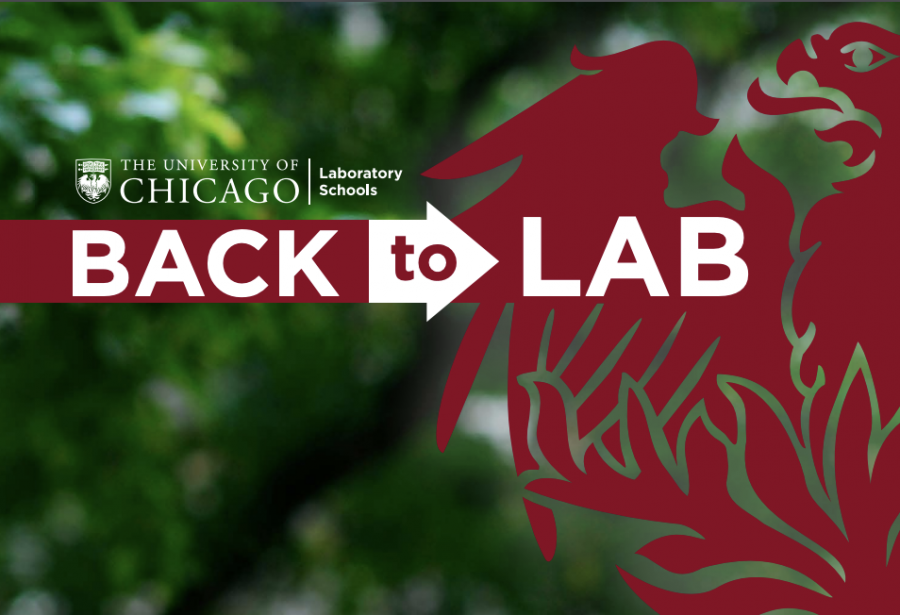

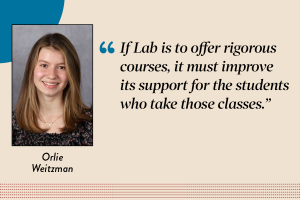
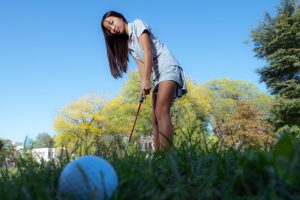
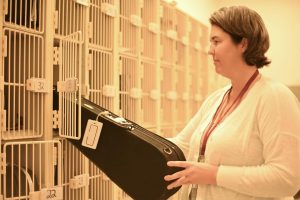
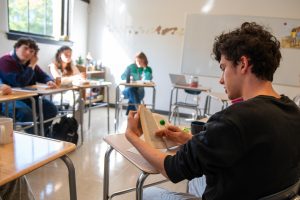
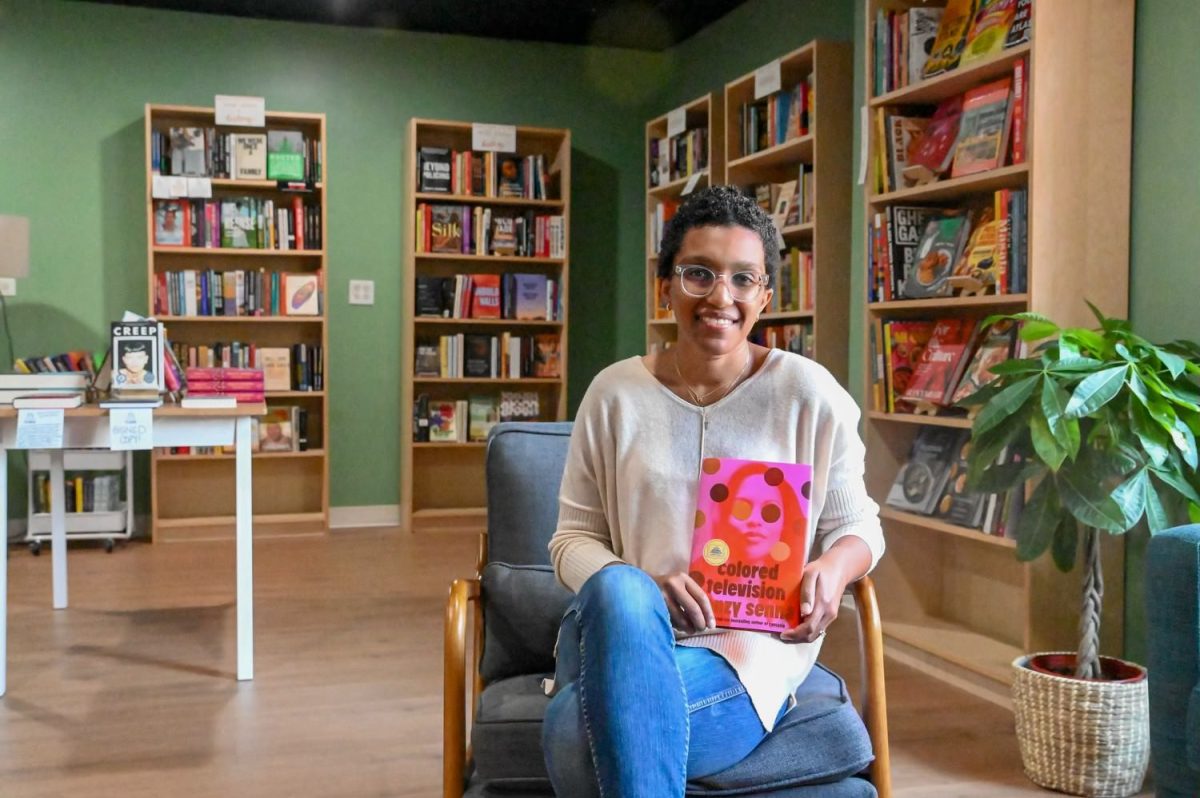
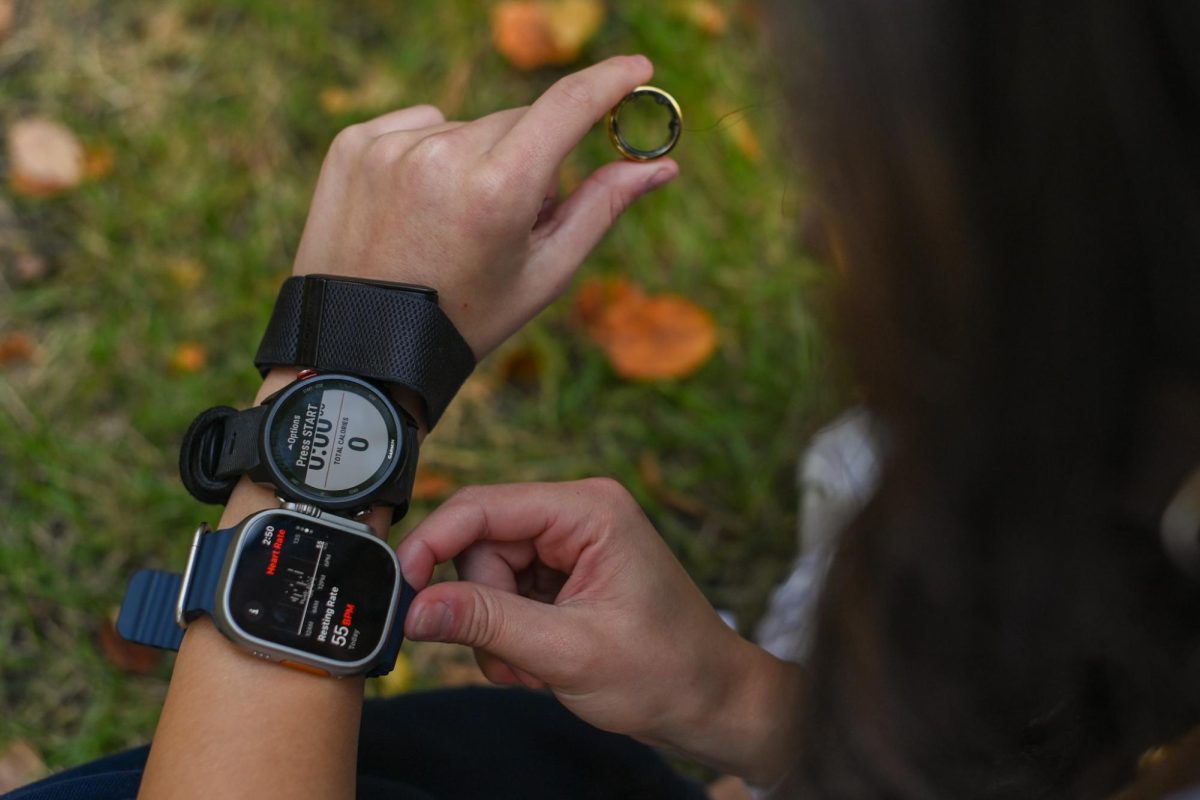
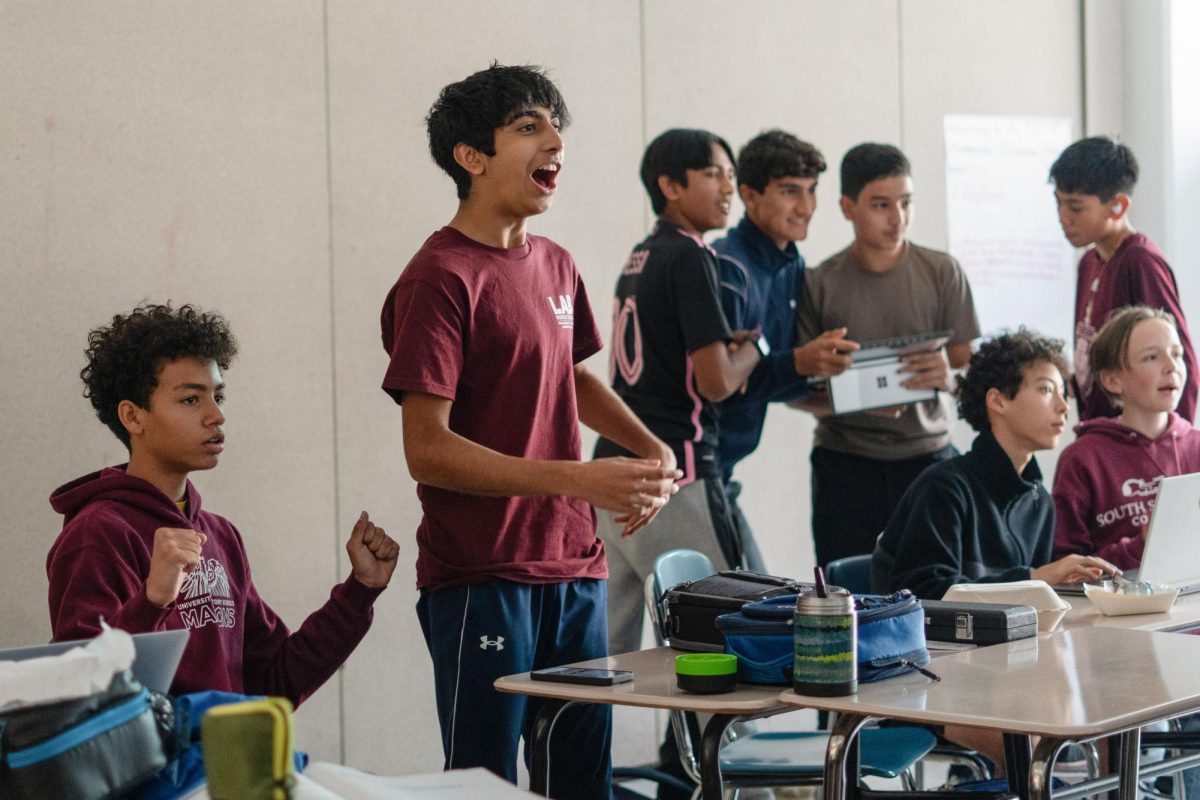

Jungwoo Park • Jan 26, 2021 at 11:23 pm
Amon I love and respect you; ignore the haters and keep up the good work.
Jamie Brady • Jan 20, 2021 at 9:15 pm
Our students are suffering because of the inability to be together in a learning environment. It is horrible on their mental health. Lab is a rigorous academic environment, and our students are stuck trying to do this type of work at home by themselves with a computer zoom for a classroom. I know not one student who is thriving in this environment. In the meantime, Nursery-2nd graders have been going EVERY DAY! Sure hope that work on invented spelling is going to pay off, while our older students are trying to manage advanced algebra, physics, trigonometry, chemistry, etc. While other private schools are able to offer some sort of in-person learning, Lab has done nothing for any student over 2nd grade. We have been told there are “activities being organized”, but as yet, we are waiting for those to happen. I was told when we started at Lab that they believed in teaching the “whole child”….they are missing a big part.
Amon Gray • Jan 19, 2021 at 9:15 pm
A new version of this story has been posted. Thank you very much for your feedback.
Greta • Jan 19, 2021 at 4:24 pm
What survey gave you these results? I ask because 1) I don’t recall taking a survey about my mental health during all of this and 2) if I did, it definitely would not show you that my mental health has improved. In fact, 100% of the students I have spoken with agree, so I’m not sure where you’re getting the data.
Lauren Tapper • Jan 19, 2021 at 2:07 pm
From talking to some of my peers, I think a majority of the student body found the statements in this article hurtful and insensitive. It is shocking to me that administrators or teachers believe online learning is improving student mental health. The accuracy or reach of this survey must be reevaluated. We feel unheard and misunderstood. Many of us are struggling with isolation, anxiety, and depression. There is a strong disconnect between the administration and the student body, and this statistic shows the depth of the issue.
Audrey Matei • Jan 19, 2021 at 1:47 pm
I’m unsure to how accurate the responses are, many people I know are doing worse than ever and feel very isolated and lonely. Even if the general consensus is ‘better’ many more people I know are in very low places. Maybe the extended period of online school has desensitized many to bad mental health or maybe people feel disregarded and chose to no longer to respond to surveys in a serious way due to lack of response from their administrators.
Charlotte Henderson • Jan 19, 2021 at 1:42 pm
This is absolutely ridiculous.
charlie benton • Jan 19, 2021 at 1:36 pm
I would like to agree with Fermi in the sense that saying that most students mental health is “better” seemed a bit insensitive. I agree that there are costs and benefits to having school online but mental health should definitely not be deemed as a “benefit”.
Fermi Boonstra • Jan 19, 2021 at 12:52 pm
How, from all of the responses they have received from the Google Forms, have they come to the conclusion that general mental health has been better? I could be wrong, but I think it’s safe to say that they’re full of it if they conclude that keeping us isolated in our rooms is “good” for our mental health. I think that their reasons for keeping us in a remote learning environment is justified to a degree, but I think it is absolutely incorrect to say a driving factor in keeping us like is is because of mental health.